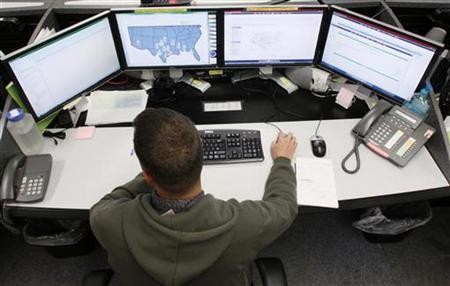Thousands of security loopholes have been found on more than 1,000 university websites in China, the majority of which are high-risk vulnerabilities, the Economic Information Daily reported on Wednesday.
From April 2014 to March 2015, 3,495 loopholes were discovered on 1,088 university websites, including those prestigious institutions such as Peking University and Tsinghua University, the report said. Of these, 2,611 or 74.7 percent posed high-risk vulnerabilities.
The loopholes could potentially give hackers access to private information of at least 8.37 million staff members and students, the China Daily said in a report on Thursday.
Aside from privacy risks, information on sensitive research and military projects could also be leaked, leading to "very serious" consequences, said Ma Minhu, director of Xi'an Jiaotong University's Information Security Law Research Centre.
In Oct. 2014, the Ministry of Education issued guidance requiring all colleges and universities to strengthen their information security and adopt national standards. But despite repeated warnings, nearly 95 percent of vulnerabilities remained unrepaired, the China Daily report said.
China's universities aren't the only ones with security flaws on their websites. Earlier this week, celebrity Kim Kardashian's personal site was revealed to have loopholes that put the website's visitors at risk of malware and identity theft.
"If the fans use the [Kim Kardashian] website, they could be at risk of downloading infected software; or worse, their information could be stolen from the database," security researcher Jamie Woodruff told the Daily Dot.
In 2014, Russian hackers stole information from more than 420,000 websites, stealing 1.2 billion username and password combinations and more than 500 million email addresses, according to U.S.-based research firm Hold Security.
According to PricewaterhouseCoopers, cases of detected cyberattacks rose 48 percent in 2014, compared to the previous year. This rise is expected to continue in 2015, with over 100,000 attacks occurring each day.



























